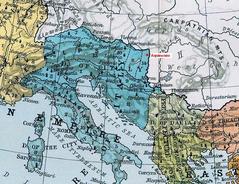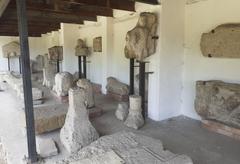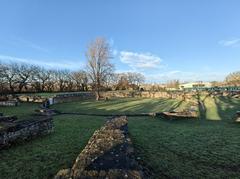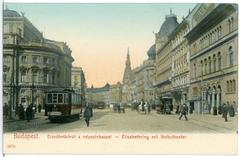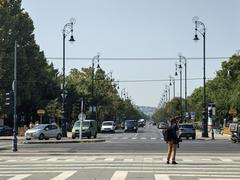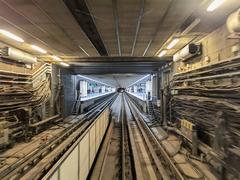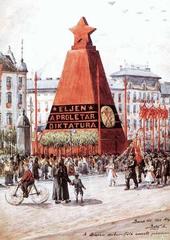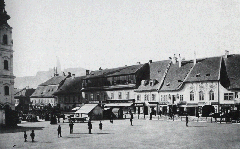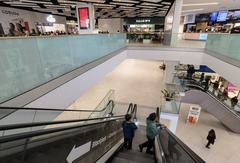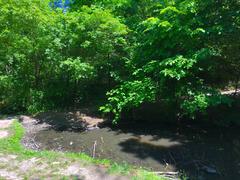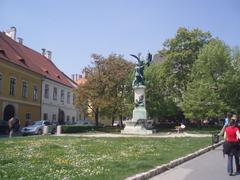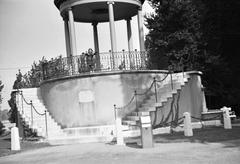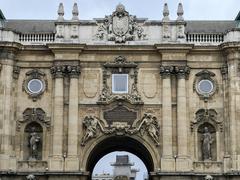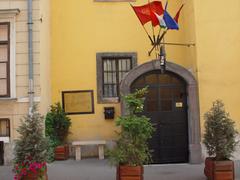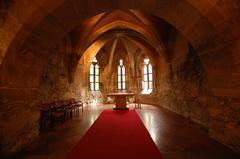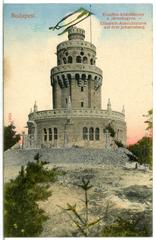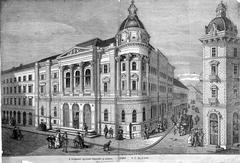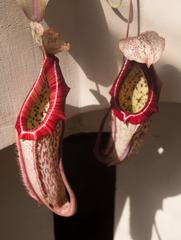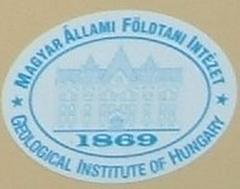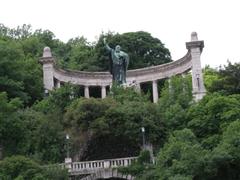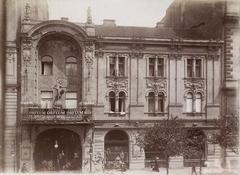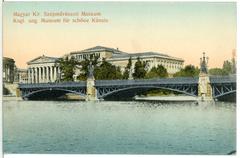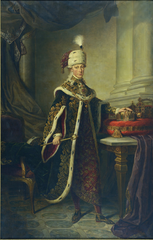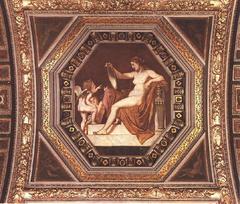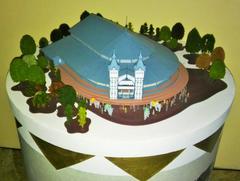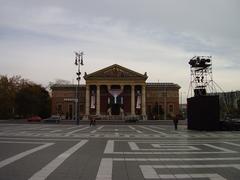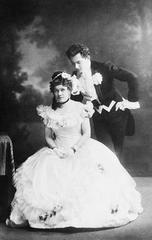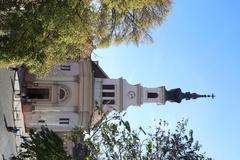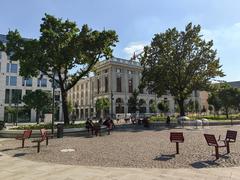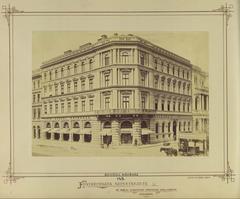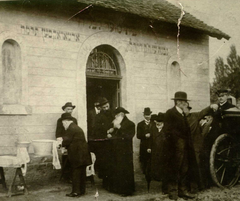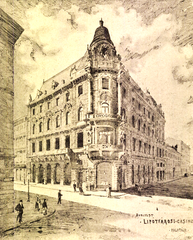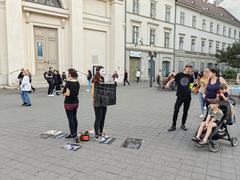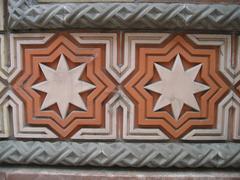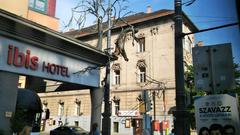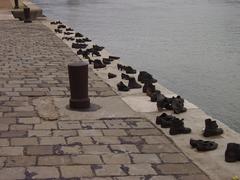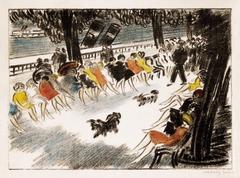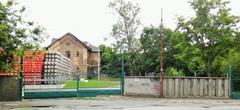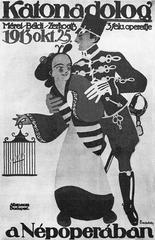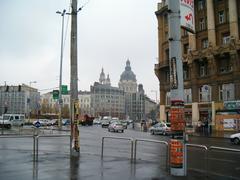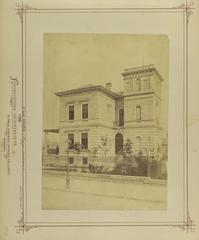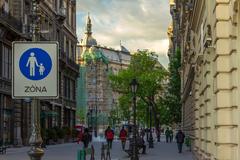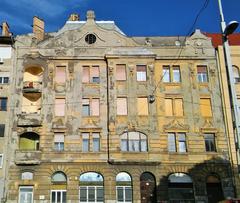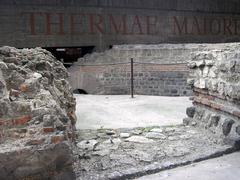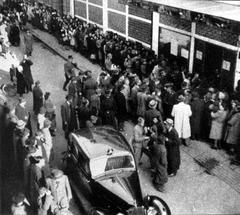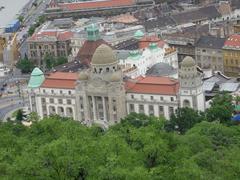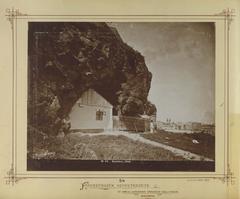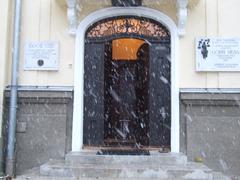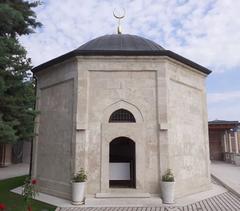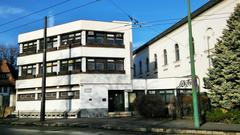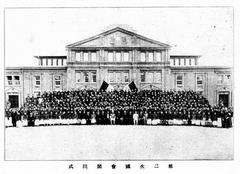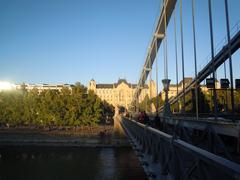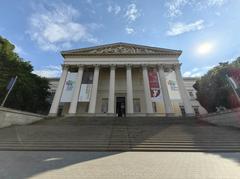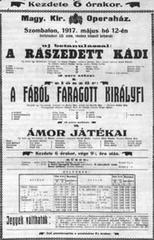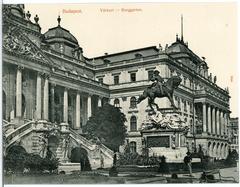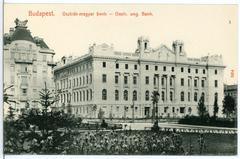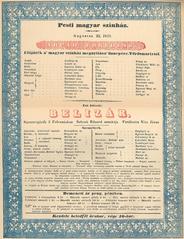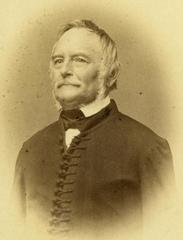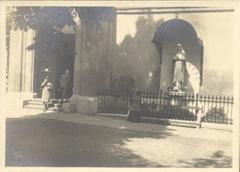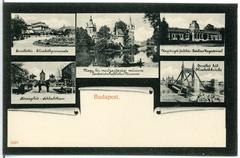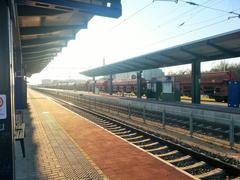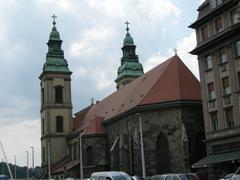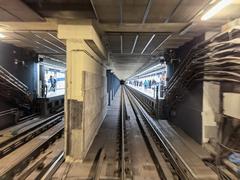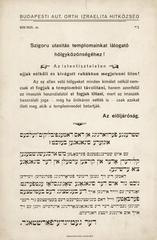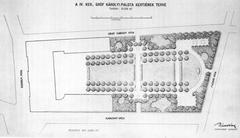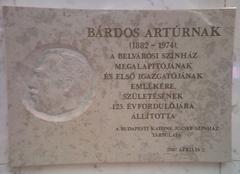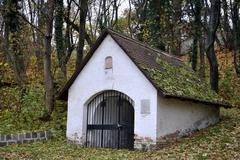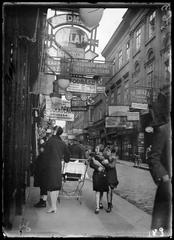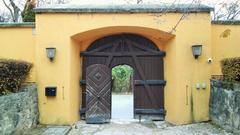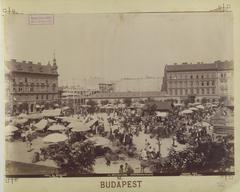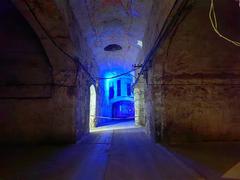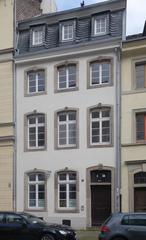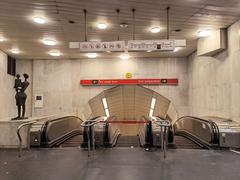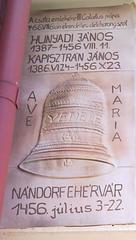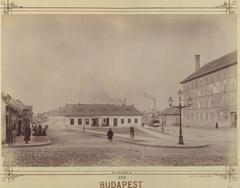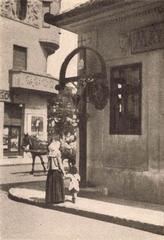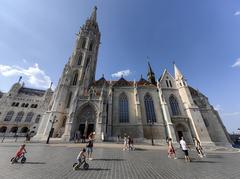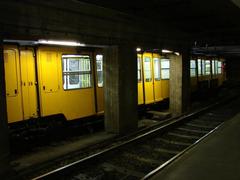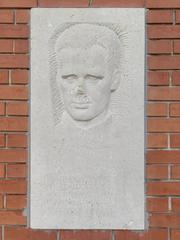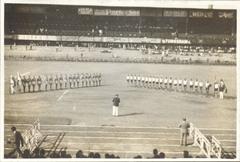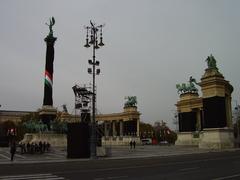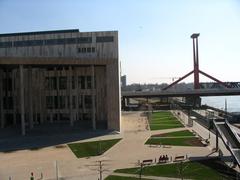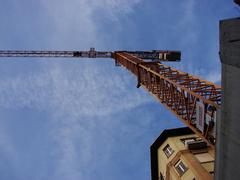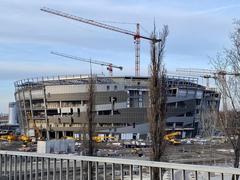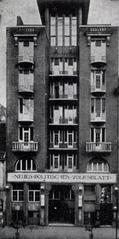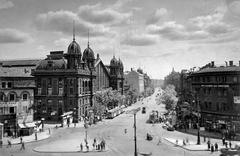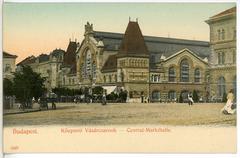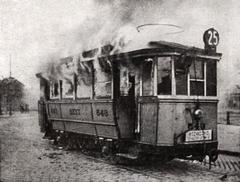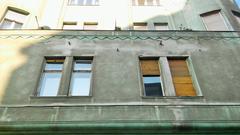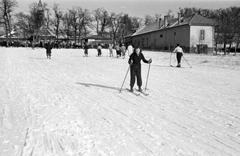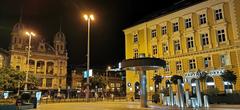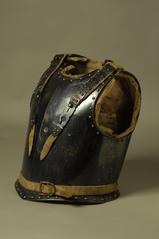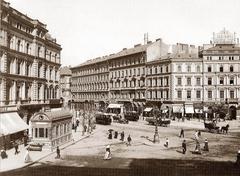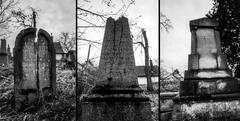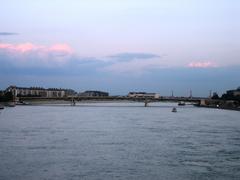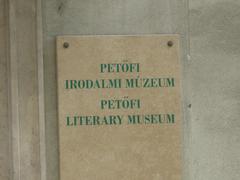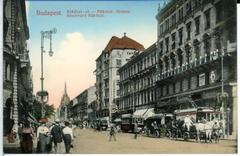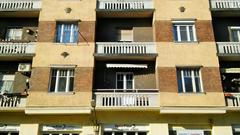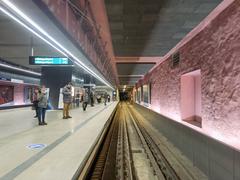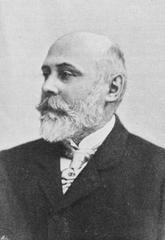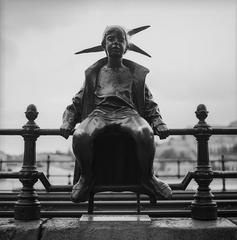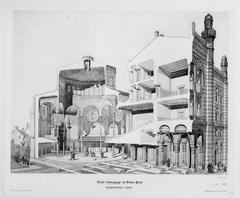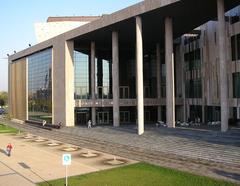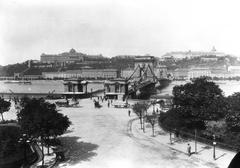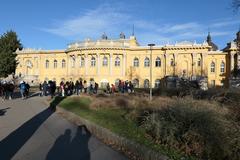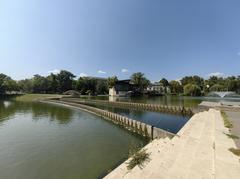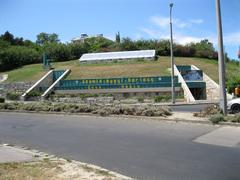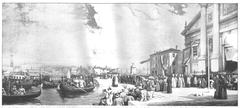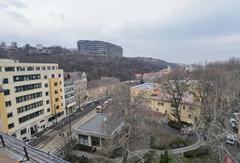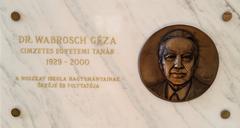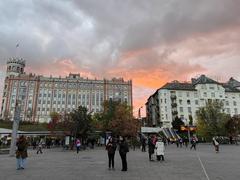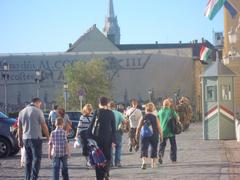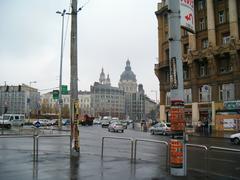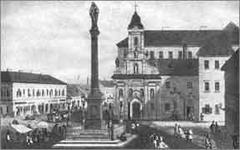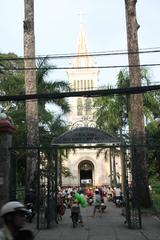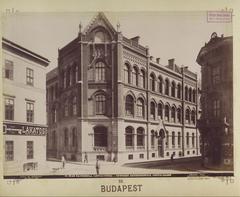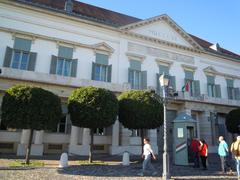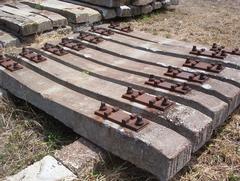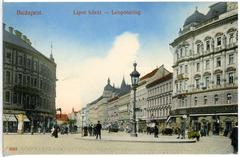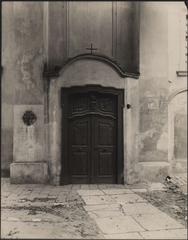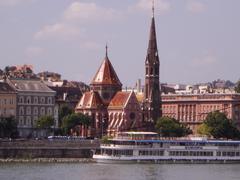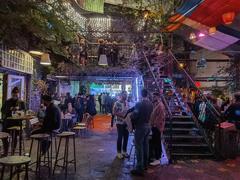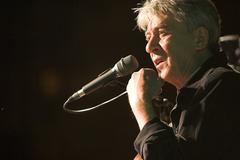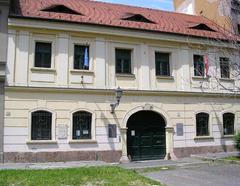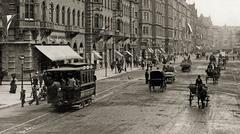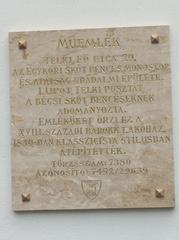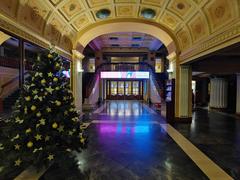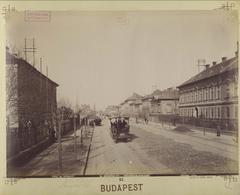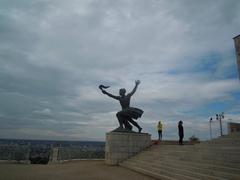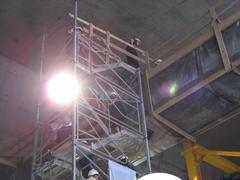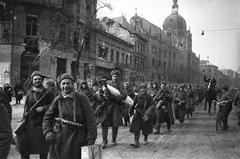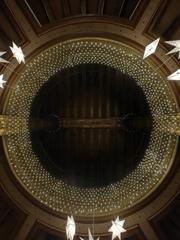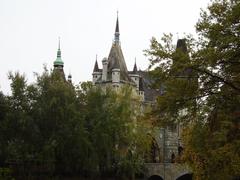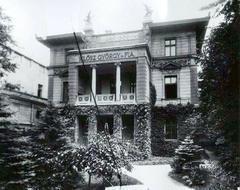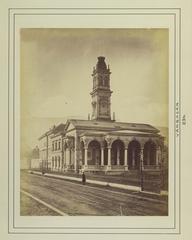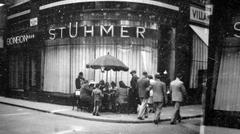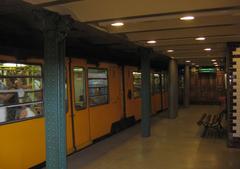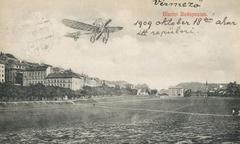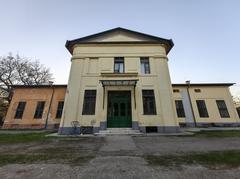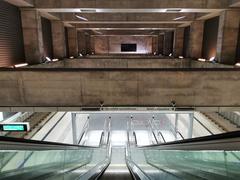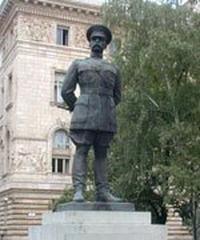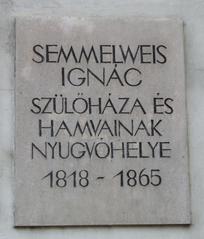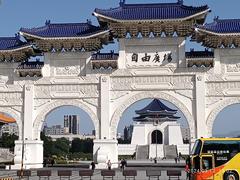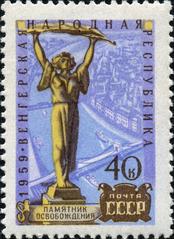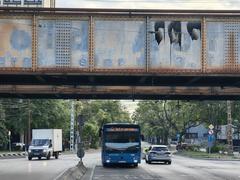Zelnik István Southeast Asian Gold Museum Budapest: Visiting Hours, Tickets, and Comprehensive Guide
Date: 14/06/2025
Introduction
The Zelnik István Southeast Asian Gold Museum was a unique cultural institution in Budapest, Hungary, dedicated to showcasing the rich heritage of Southeast Asia through an extensive collection of gold artifacts. Founded by Dr. István Zelnik, a Hungarian diplomat and collector, the museum housed over 50,000 artifacts, including gold, silver, and precious metal items from eleven Southeast Asian countries. Although the museum permanently closed in 2014 due to financial and legal issues, its impact on art history and cultural exchange continues. This guide delves into the museum’s history, its collection’s significance, visitor-related information (including the fact of its closure), ethical considerations, and current alternatives for engaging with Southeast Asian art in Budapest.
Table of Contents
- Historical Background and Dr. István Zelnik
- Collection Highlights and Exhibition Themes
- Visitor Experience: Museum Layout and Facilities
- Practical Information: Status, Hours, Tickets, and Accessibility
- Controversies and Ethical Issues
- Alternatives for Southeast Asian Art Enthusiasts in Budapest
- Frequently Asked Questions (FAQ)
- Summary and Legacy
- References
1. Historical Background and Dr. István Zelnik
Origins of the Collection
Dr. István Zelnik’s passion for Asian art ignited during his diplomatic service in Vietnam in the 1970s. Over several decades, he meticulously gathered a vast collection, estimated to be one of the world’s largest private collections of Southeast Asian precious metalwork. This collection included ceremonial jewelry, royal regalia, religious iconography, and rare tribal objects. Zelnik also supported archaeological research, contributing to the study and preservation of cultural heritage.
Museum Foundation and Vision
The Zelnik István Southeast Asian Gold Museum officially opened in 2011, located in the elegantly restored Rausch villa on Budapest’s Andrássy Avenue, a UNESCO World Heritage site. The museum’s mission was to contextualize its artifacts within broader Southeast Asian cultural and spiritual narratives, aiming to foster cross-cultural understanding and appreciation within Central Europe.
2. Collection Highlights and Exhibition Themes
Gold and Royal Treasures
The museum’s core collection featured over 1,000 gold artifacts, many dating back centuries. Notable pieces included:
- Burmese Royal Regalia: Elaborate crowns, scepters, and ceremonial vessels from the Konbaung dynasty, showcasing royal artistry.
- Khmer Goldwork: Intricate jewelry and ritual items reflecting the Hindu-Buddhist influences of Cambodia’s Khmer Empire.
- Thai and Laotian Buddha Images: Gilded statues and amulets representing various artistic periods and styles from Thailand and Laos.
- Vietnamese Court Ornaments: Refined gold objects from the Nguyen dynasty, blending indigenous aesthetics with Chinese influences.
Religious and Tribal Artifacts
The collection also highlighted the spiritual dimensions of Southeast Asian cultures:
- Buddhist and Hindu Relics: Sacred items like reliquaries, offering bowls, and ritual implements, often embellished with detailed goldsmithing.
- Animist Amulets: Gold talismans and charms representing regional spiritual beliefs and protective practices.
Maritime Silk Road and Trade Items
An important segment of the collection explored Southeast Asia’s historical role in global commerce:
- Numismatic Collection: A display of gold coins, ingots, and trade items illustrating the region’s extensive commercial networks.
Artistic Techniques
Exhibitions often provided context on sophisticated goldsmithing techniques such as repoussé, filigree, granulation, and gemstone inlay, demonstrating the high level of craftsmanship in the region.
3. Visitor Experience: Museum Layout and Facilities
Housed within a 19th-century villa, the museum provided an intimate setting for its exhibits. Key features included:
- Sculpture Garden: A serene outdoor space featuring Southeast Asian statues interspersed with lush greenery.
- Thematic Exhibition Halls: Galleries organized chronologically and thematically, featuring bilingual interpretive panels and multimedia presentations to explain the artifacts.
- Southeast Asian Teahouse: A tranquil spot within the museum grounds for visitors to relax and enjoy refreshments, contributing to the immersive cultural experience.
- Museum Shop: Offering books related to Southeast Asian art, replicas of artifacts, and various handicrafts.
4. Practical Information: Status, Hours, Tickets, and Accessibility
Museum Status
Important Note: The Zelnik István Southeast Asian Gold Museum permanently closed in autumn 2014. It is no longer open to the public, and its collection is not on display at the original location.
Visiting Hours and Tickets (Historical Information)
When the museum was operational, typical visiting hours were Tuesday to Sunday, from 10:00 AM to 6:00 PM. Admission fees varied, generally ranging from 1,500 to 3,100 HUF. Tickets were usually sold at the entrance, and online purchasing was not consistently available.
Location and Directions (Historical Information)
- Address: Andrássy út 110, 1062 Budapest, Hungary.
- Public Transport: The location was easily accessible via the M1 (Millennium Underground) metro line to the Bajza utca station. Several bus and tram lines also served the Andrássy Avenue area.
Accessibility (Historical Information)
The museum generally aimed to be accessible, with features like ramps and elevators provided in the historic villa. Staff were available to assist visitors with special needs.
Visitor Services (Historical Information)
- Guided Tours: Available in multiple languages to enhance visitor understanding.
- Photography: Generally permitted for personal use, with restrictions on flash and tripods.
5. Controversies and Ethical Issues
Provenance and Legal Concerns
The museum’s collection faced significant international scrutiny regarding the provenance and legality of many artifacts, particularly those originating from Cambodia and Vietnam. Concerns were raised about whether items were acquired legally and ethically, especially concerning potential illicit trafficking of antiquities.
Restitution and Repatriation Debates
Dr. Zelnik expressed willingness to return some Khmer artifacts to Cambodia. However, public records of such restitutions were limited, fueling debates about the ethical responsibilities of private collectors and museums concerning cultural patrimony. The removal of artifacts from their countries of origin, sometimes during periods of conflict or instability, has significant implications for cultural preservation and national identity in Southeast Asia.
Scientific Authentication
While scientific analyses were used to authenticate artifacts, confirming their material composition and age, these methods did not always resolve underlying questions of provenance or legal ownership. The lack of comprehensive documentation for many items remained a point of contention.
The Role of Private Collectors
The story of the Zelnik Museum highlights the complex role of private collectors and museums in cultural heritage. While they can preserve and showcase significant collections, ethical guidelines from organizations like ICOM emphasize the importance of transparency, due diligence, and cooperation with source countries in collecting practices.
6. Alternatives for Southeast Asian Art Enthusiasts in Budapest
With the Zelnik István Southeast Asian Gold Museum now closed, visitors interested in Southeast Asian art can explore other options in Budapest:
- Museum of Applied Arts (Magyar Iparművészeti Múzeum): This museum often features Asian decorative arts and may host relevant temporary exhibitions.
- Hungarian National Museum (Magyar Nemzeti Múzeum): The national museum occasionally presents exhibitions that include artifacts from or related to Southeast Asia.
- Virtual Tours and Online Collections: Many international institutions offer virtual tours and digital exhibitions that allow exploration of Southeast Asian art from anywhere.
It is advisable to check the current exhibition schedules of these museums before visiting.
7. Frequently Asked Questions (FAQ)
Q: Is the Zelnik István Southeast Asian Gold Museum currently open? A: No, the museum permanently closed in 2014 and is no longer open to the public at its previous location.
Q: Can I still see the artifacts from the Zelnik collection? A: The collection’s current status is complex. Some artifacts may have been auctioned or are held privately. There is no permanent public display facility for the entire collection.
Q: Where can I see Southeast Asian art in Budapest now? A: Consider visiting the Museum of Applied Arts or the Hungarian National Museum, and explore online virtual exhibitions from various institutions for Southeast Asian art.
Q: Were guided tours available at the museum? A: Yes, when the museum was open, guided tours were offered in multiple languages to provide deeper insights into the collection.
8. Summary and Legacy
Although the Zelnik István Southeast Asian Gold Museum is no longer accessible, its legacy as a pioneering institution for Southeast Asian art in Europe persists. The museum’s extensive collection and its focus on gold artifacts offered a unique cultural narrative, but its history is also intertwined with complex debates concerning artifact provenance and ethical stewardship. For those keen on exploring Southeast Asian art, Budapest offers alternative museum venues and digital resources. It is essential to stay informed about current offerings and support institutions committed to transparent and ethical cultural heritage practices.
For the latest information on Budapest’s cultural attractions and museum guides, consider using digital tools like the Audiala app and checking official museum websites.
9. References
- Zelnik István Southeast Asian Gold Museum Official Website (Historical Information): https://www.aranymuzeum.eu/exhibitions/
- Hungary Today article on museum closure: https://hungarytoday.hu/zelnik-gold-museum-budapest-closed-arts-collection-71012/
- Angkor Database on controversies: https://angkordatabase.asia/links/the-zelnik-istvan-southeast-asian-gold-museum
- WhichMuseum entry: https://whichmuseum.com/museum/zelnik-istvan-southeast-asian-gold-museum-budapest-7425
- Budapest Public Transport (BKK): https://bkk.hu/en/
- Zacke Auction reference (example of artifact sale): https://www.zacke.at/auction/lot/240-an-exceedingly-rare-cham-gold-and-silver-repouss-head-of-shiva-lingakosha/?lot=56824&sd=1
